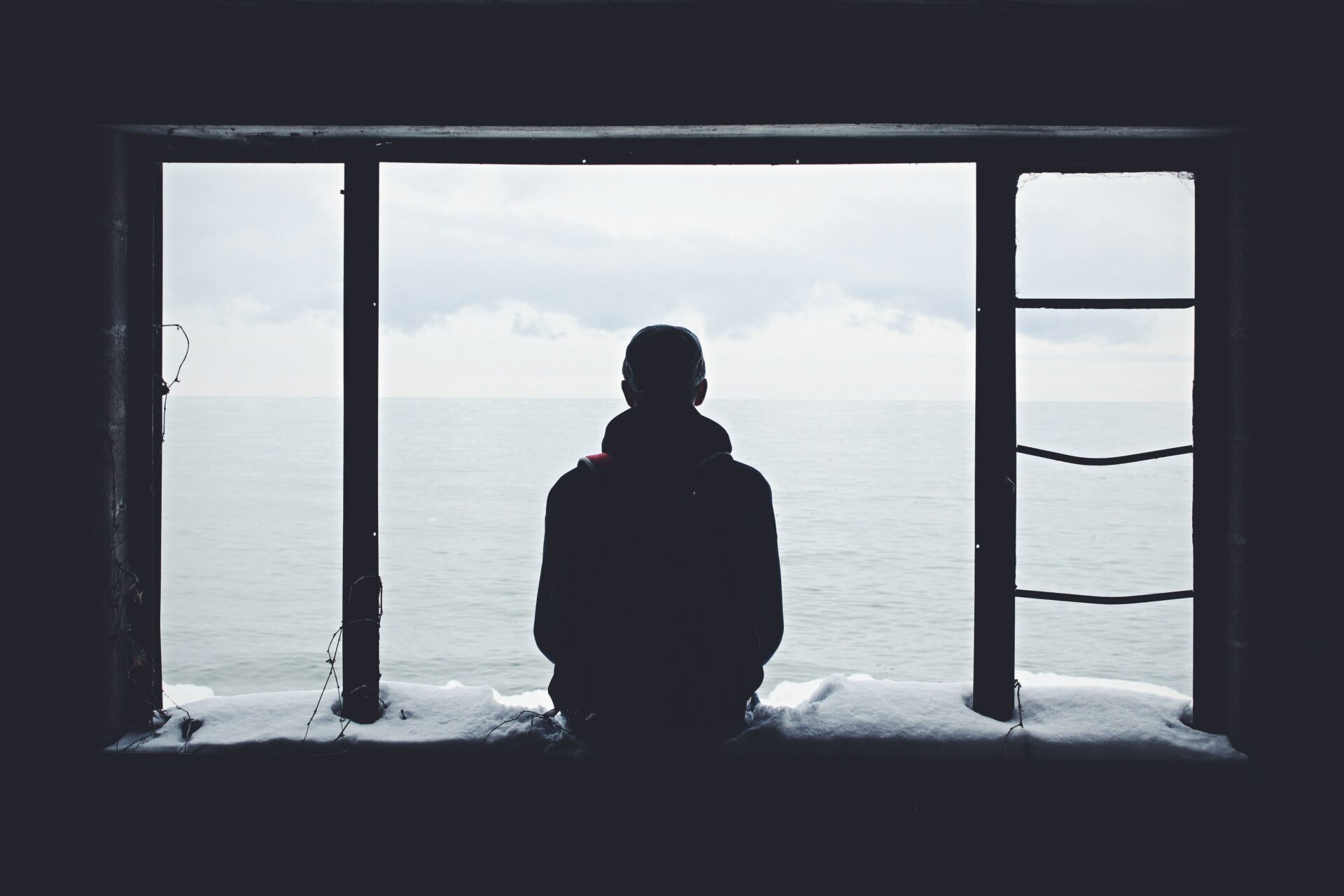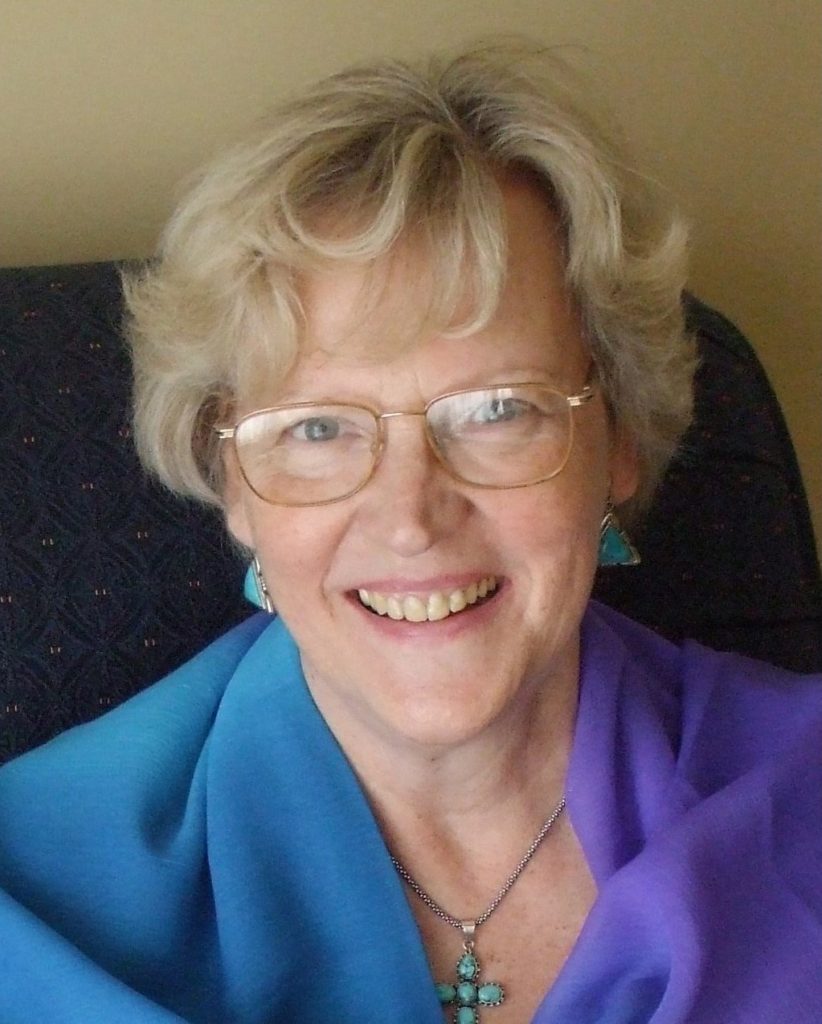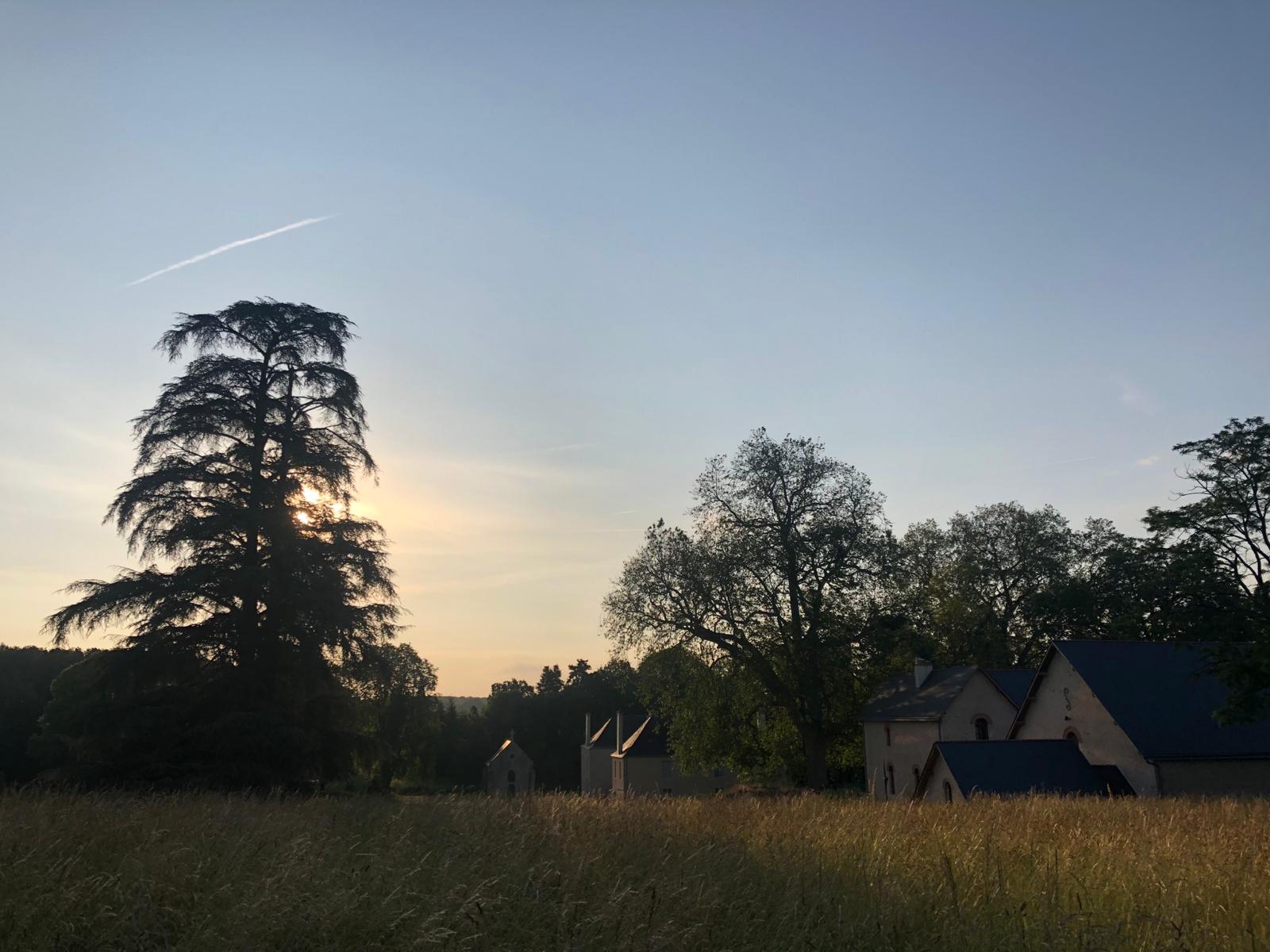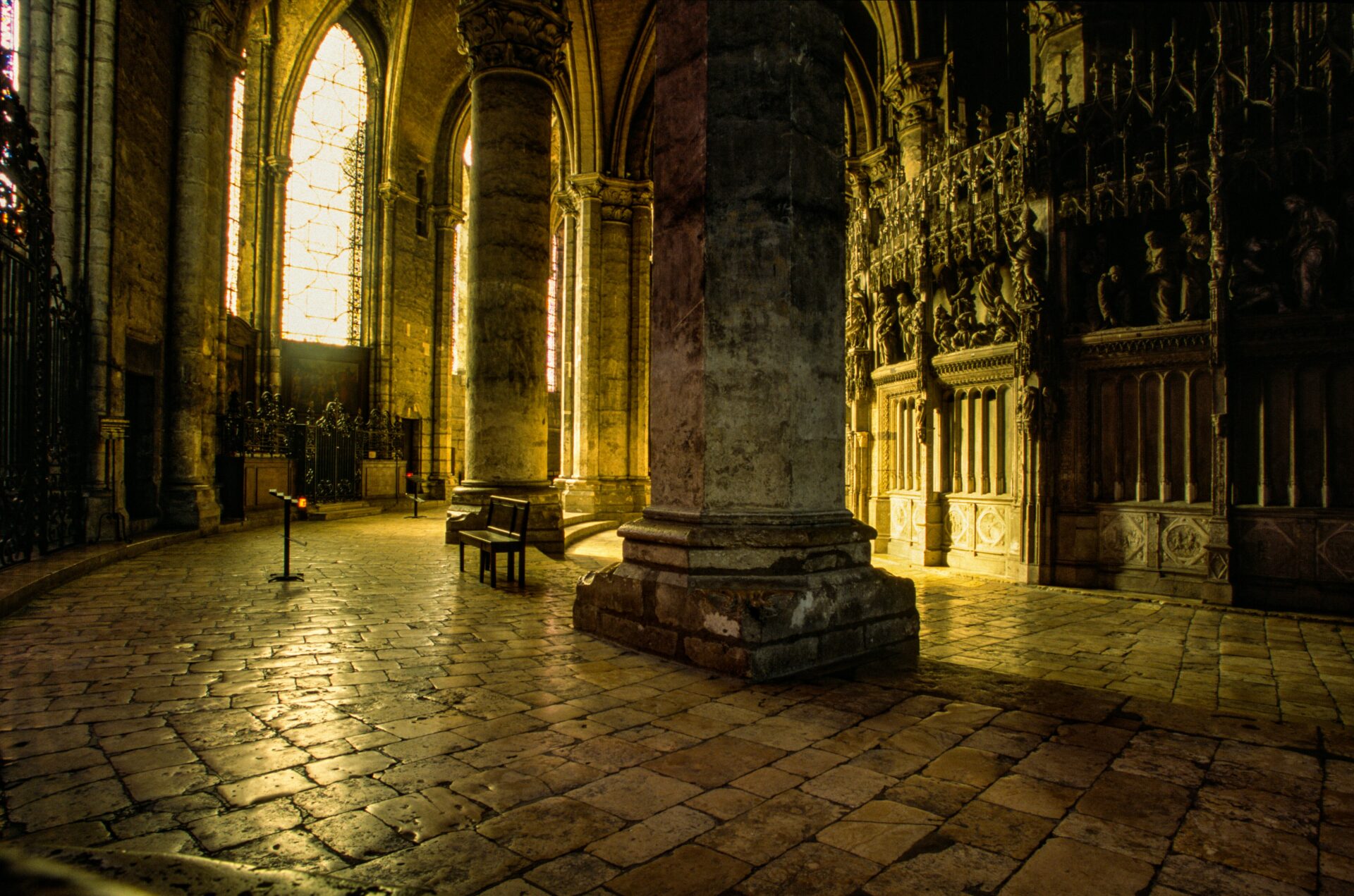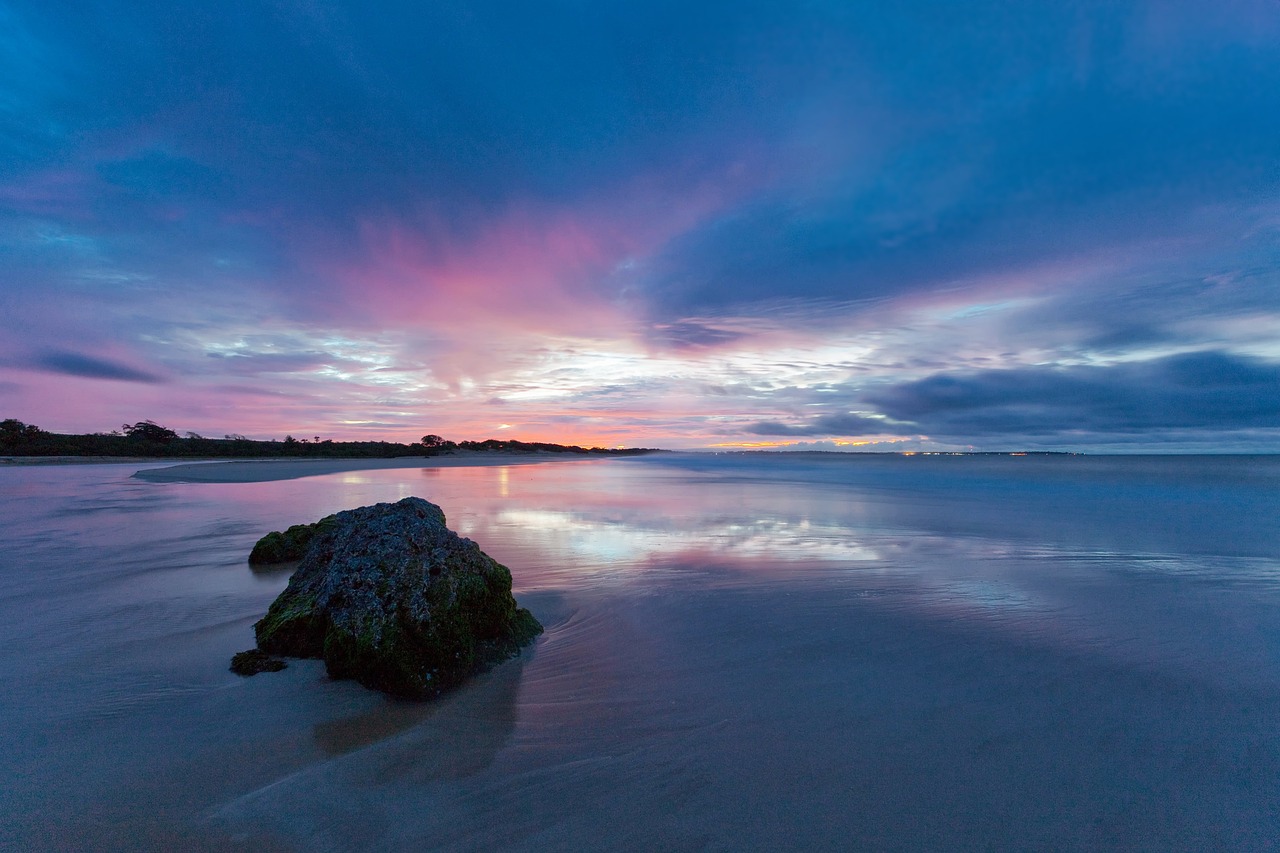It is interesting to note what a widespread and influential Christian movement the Desert tradition was. First there were only a few hermits, but by the end of the 4th century there were at least thirty thousand men and women living in the deserts of Egypt, Palestine and Syria. “Antony’s words persuaded many to take up the solitary life. And so, from then on, there were monasteries in the mountains and the desert was made a city by monks.”(Life of Antony)
This was essentially a lay movement; even Antony was not a priest. Only as time progressed some of the elder hermits became ordained, but never many. They lived alone, in pairs or in small groups. They would meet on Saturday and/or Sunday for common worship in a central community building that was used for many purposes, called ‘ecclesia’. Apart from that, they would regularly be engaged in private prayer in their cells, learning by heart the passage of Scripture they had heard. They did this by meditation – the solitary repetition of a passage from Scripture without reflection on meaning. Meditating on Scripture as we may do, analysing it linguistically and textually was not part of their culture at all. Their meditation did not mean thinking about Scripture but interiorizing it, becoming it. In this oral culture this repetition was done aloud: “We heard him meditating.” (Abba Amoun about Abba Achilles) Moreover, they would know all the psalms by heart and would repeat all of them every twenty-four hours. It was a noisy place, the desert: the words of the psalms coming from every direction!
They did not stop when they started work; they combined work and prayer, an attitude of prayerfulness pervaded their life. The passages of Scripture they had interiorized in private prayer might come to mind and reveal its personal meaning for them during work. This prayer life was fuelled by their wish to do what St Paul taught: “Pray continually”. Evagrius even said “Life is prayer”.
Prayer could take place anywhere: “Now concerning the place, let it be known that every place is suitable for prayer if a person prays well….but everyone may have a holy place set aside and chosen in his own home (cell), if possible, for accomplishing his prayers in quiet and without distractions.” (Origen) But it went without saying that praying together in the central meeting place was considered very important: “A place of prayer, the spot where believers assemble together, is likely to have something gracious to help us, since the angelic powers are placed near the throng of believers, as well as the powers of our Lord and Saviour Himself, and the spirits of the saints. Therefore, let no one disdain prayers in the churches, since they have something exceptional for the person who assembles in them genuinely.” (Origen)
The same emphases are found in John Main’s teaching. Meditation is for everyone, not just religious people and can be done anywhere.

